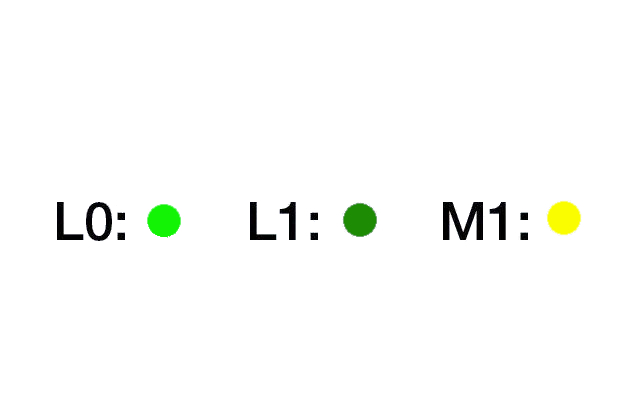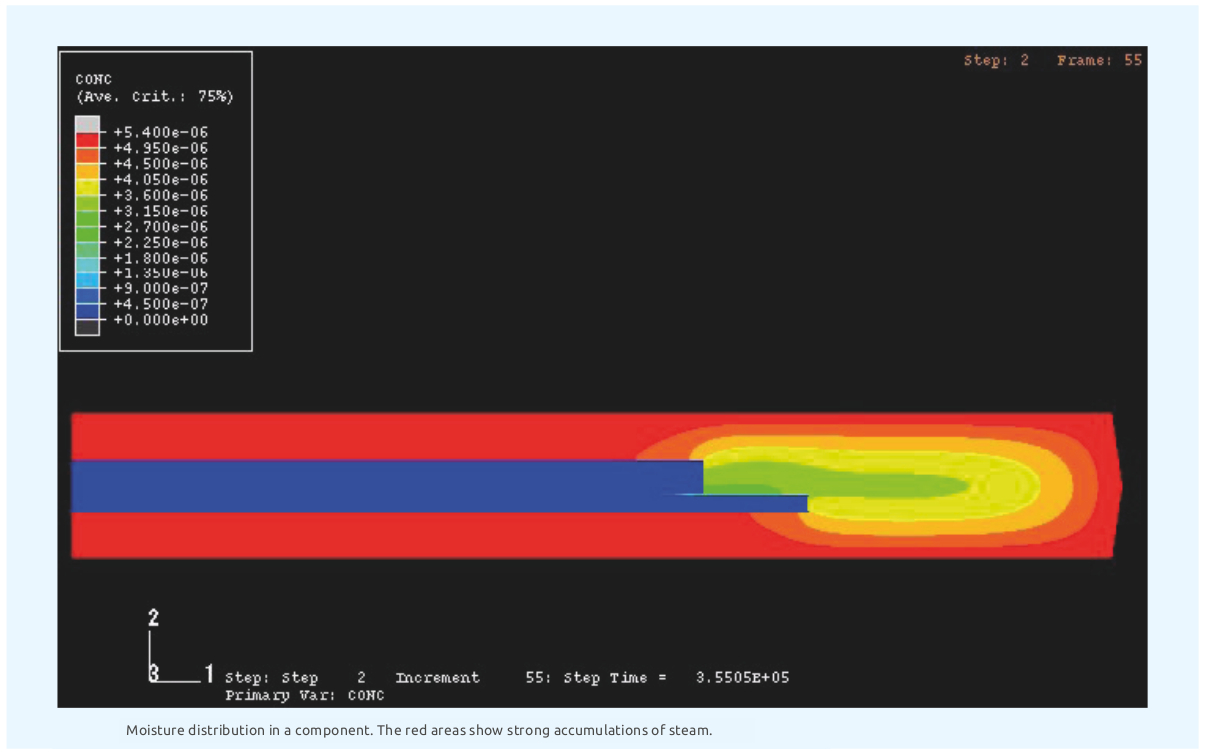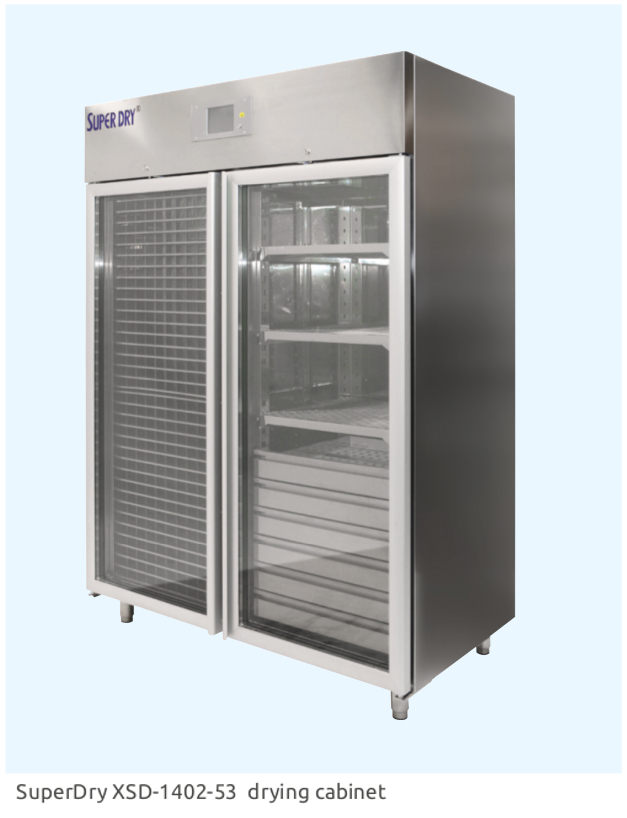Printed circuit boards are also
sensitive to moisture
It is common knowledge that SMD components such as QFP’s, BGA’s are sensitive to moisture however LED’s and ceramic capacitors are too. But printed circuit boards must also increasingly be treated as Moisture Sensitive Devices, in particular Multilayer, flex-rigid PCB and Flex circuit boards.
These components absorb steam through their surface, which diffuses into the base material. This beha- viour is intensified by further miniaturisation and increasing use of flame-retardants in the production of circuit boards, which are strongly hygroscopic.
If the absorption of moisture rises above a critical level, there is a strong rise in pressure within the base material during the soldering process. Well-known errors such as separation, bond damages, and faults right up to popcorning occur in this way.
Especially with selective soldering and hand soldering we increasingly find these errors due to non-compliance.
Protection against moisture is a job for the entire logistics chain
For a long time only the manufacturing companies concerned themselves with the problem of protecting against moisture – and frequently they only did this once errors had already occurred.
In the meantime dry storage systems have become a fixed component of every production line. Yet increasingly clients from the automotive, space travel or mechanical engineering sectors are no longer satisfied with this. They require integrated moisture sensitive management, which component manufac- turers and distributors include, similarly to ESD protection.
The Drying Process in Detail
All components in MSL classes 2a – 5a can be stored for an indefinite period with steam contents of less than 1.9 g/m3 in accordance with IPC/JEDEC-J-STD-033B.1. If even more moisture is removed from the ambient air, the steam pressure difference becomes so large the water molecules in the components overcome their powers of adhesion and are returned to the ambient air. The components are dried.
Dry storage systems which create an atmosphere of 1 or 2 %rF at room temperature (v10) and with a steam content of less than 0.6 g/m3 provide optimum conditions and actually create a „moisture vacuum“. This causes moisture already absorbed to be released again. A re-drying process takes place.
This is extremely protective, as the components are not subjected to any thermal stress at all and in this way neither the danger of oxidation nor of internal metallic growths exists.
In order to shorten the drying process this process can be supported thermally. In order to prevent oxidation problems it is compellingly necessary for this process to likewise take place in a „moisture vacuum”. At the moment there is a particularly high demand in the marketplace for a reliable, simple and effective drying system which can easily be included in the production process, which in many cases makes classical tempering at very high temperatures superfluous.
XSD-1404: The 60 °C Adsorption drying cabinet
The XSD-1404 makes very energy efficient drying of all sensitive components possible on the basis of its excellent insulation. Thus it can be used for IPC conform tempering at 40°C just as it can be used for drying reels or tubes at 50°C or printed circuit boards at 60°C.
The newly developed high-performance drying unit achieves air moisture values of below 0.5 %rF.
Even opening the door scarcely allows the air humidity to rise above 5 % and within a few minutes it sinks to below 1 %rF again. All the settings can be made on the cabinet’s user-friendly touch screen.
The integrated data logger makes seamless recording of all relevant details such as air moisture content, temperature and door opening cycles possible. The readings are delivered by a very swiftly reacting precision sensor, which in this way provides the basis for reliable documentation in the framework of moisture sensitive management.
The data are recorded onto an SD card and can be read using any computer.
Frequently we still find pure nitrogen storage systems.
The nitrogen is used to displace moist air which has accumulated in the cabinet. Very high quantities of nitrogen are required for this. This requires a lot of energy and leads to high running costs.
In order to achieve an air moisture content of 5 %rF, nitrogen cabinets must be flooded for a number of minutes with a very high volume – a repeated exchange of the volume in the cabinet takes place
With high access rates the cabinet is almost permanently flooded with nitrogen, which leads to very high costs of use and enriches the ambient air with nitrogen. The advantages of this system lie exclusively with the nitrogen supplier.
Air moisture values of 1 or 2 %rF cannot be achieved in practice and in this way no re-drying takes place.
Protecting against oxidation through dry storage
Optimum protection against oxidation is required in order to ensure the wetting properties of circuit boards and component connections even over lengthy periods. No corrosion takes place in a dry atmos- phere. A few prerequisites must be fulfilled in order for corrosion to occur: An oxidising agent and a watery solution which acts as the electrolyte must be present. The oxygen in the air forms the oxidation medium, a thin film of water on the top surface forms the electrolyte. This watery film on the top surfaces occurs through adhesive forces with the air humidity when this rises above10%rF.
The absolute moisture in the dry storage cabinets at a temperature of 60°C and 1 %rF should be less than 1.4 g/m3, and at 40°C it should be 0.5 g/m3. Under these conditions the film of water is removed from the top surface and there can be no cathode reaction and in this way no oxidation can occur.
This condition is only fulfilled to a limited extent with storage under nitrogen, on the basis of its inert properties.
Conclusion
With suitable adsorption dry storage cabinets all components sensitive to moisture are dried quickly, gently and in a secure process. Storage in a dry atmosphere at the same time offers optimum protection against oxidation. The drying units which require no maintenance are leaders in energy efficiency and low cost.
Dipl. Ing. Gerhard Kurpiella
Managing Director Totech Europe BV
Totech Europe BV





